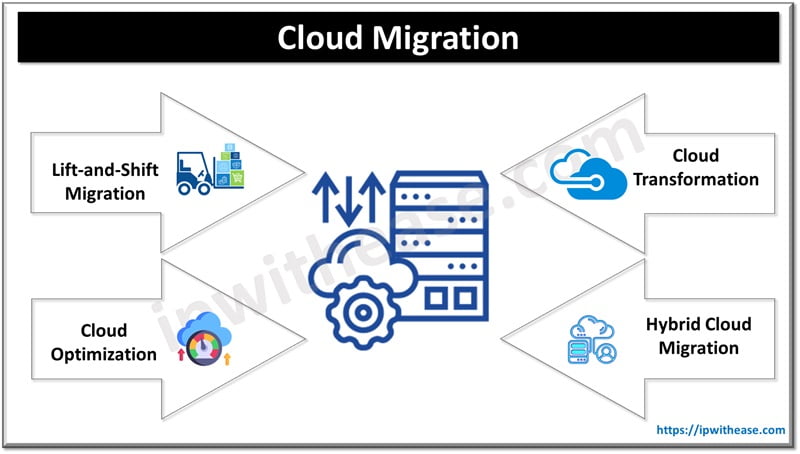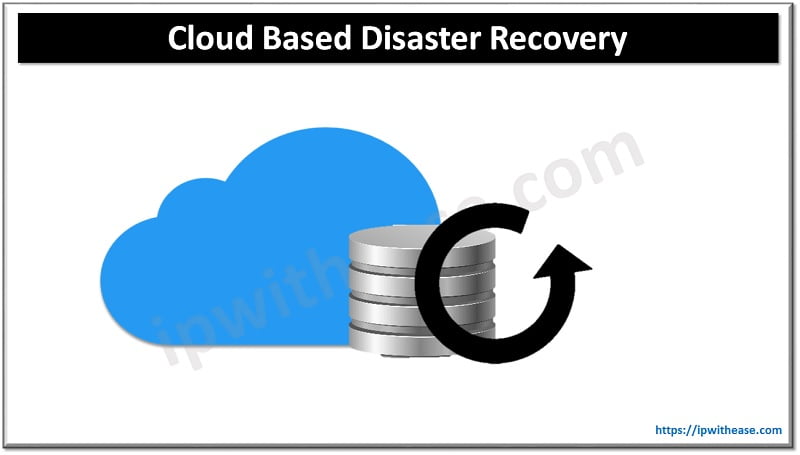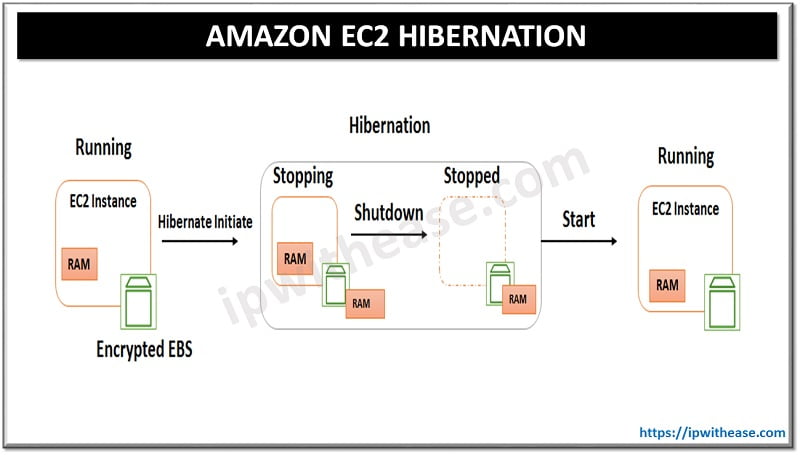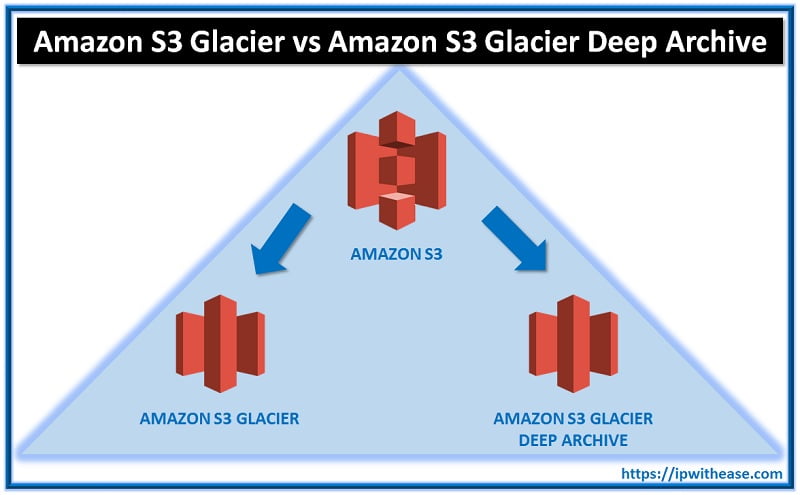Table of Contents
Cloud migration is the process of moving data, applications or other business elements from on-premises computers or infrastructure to the cloud. With cloud computing becoming more popular, many companies are finding reasons to migrate some or all of their computing needs to the cloud.

Benefits of Cloud Migration
There are several key benefits that make cloud migration appealing:
1. Reduced Costs
Cloud computing eliminates the capital expense of buying hardware and software and setting up and running on-premises data centers. It also reduces operating costs for power, cooling, maintenance and staffing. Businesses only pay for the cloud computing resources they actually use, which can be scaled up or down more easily.
2. Improved Security
Major cloud providers have massive security budgets and employ top experts in data protection. They regularly patch and upgrade hardware and software. For many smaller businesses, data can be more secure in the cloud.
Related: What is Cloud Security Posture Management (CSPM)?
3. Flexibility and Mobility
Cloud computing offers much more flexibility for businesses to access applications and data from anywhere at any time. Employees can be more mobile and work remotely while still accessing company data and apps online.
4. Better Collaboration
With data stored in the cloud with the help of cloud migration services, teams and employees can better collaborate on projects, with all contributors accessing the same information from dispersed locations. This supports more flexible, remote and mobile work environments.
5. Regular Updates
The cloud computing model allows vendors to rapidly roll out new features and functionality to users without long updates or upgrade processes required for on-premises systems. Businesses can take advantage of the latest technology more rapidly.
6. Focus on Innovation
Hardware maintenance, software updates and data center management can consume in-house IT resources. Cloud computing removes some of that administrative burden so IT teams can spend more time on innovation that differentiates the business.
The Cloud Migration Process
Migrating to the cloud is much more involved than simply signing up for a cloud subscription and transferring data. It requires careful planning and execution. Here is an overview of the standard cloud migration process:
1. Discovery and Planning
The first phase involves audits, cloud migration assessment and business analysis to build a roadmap. It starts by inventorying all existing infrastructure, systems, applications, data and interdependencies. With a clear picture of the as-is environment, planning can determine priorities and design the future state architecture in the cloud, including choosing the right cloud platforms and managed services. Cost analysis and budgeting is critical here to build the business case.
2. Design the Migration Strategy
This stage plots out all the sequential steps planned in the migration, identifying the order of transitions and exactly what will move to the cloud and when. The design incorporates business and technical requirements, budget, resources needed, new services required, and workflow and system integrations.
3. Migrate Applications
The cloud migration team begins the execution phase by incrementally transitioning systems and applications to the cloud based on the plan. This stage configures cloud resources, migrates code and data, integrates apps and data, redeploys apps in the cloud, and conducts functionality and user acceptance testing.
4. Migrate Data
Migrating from on-premises databases or storage systems up into cloud data platforms comes with unique processes and challenges depending on volume, frequency of access and performance requirements. Special tools and methods efficiently transfer data to cloud storage.
5. Post-Migration
After fully migrating production systems, this final phase transitions business operations to the new cloud environment, including redirecting network traffic, final user testing, configuring security controls and policies, and capacity monitoring. Post-migration also optimizes cloud usage for cost savings.
Types of Cloud Migrations
There are a few common transition scenarios that define categories of cloud migrations:
Lift-and-Shift Migration
Also called rehosting, this migration strategy “lifts” applications, data, and processes from on-premises systems “as is” and shifts them to infrastructure-as-a-service (IaaS) platforms in the cloud. This exemplifies the basic cloud value of efficiency and agility. The application architecture does not change, so time-to-migration speeds up.
Cloud Optimization
Cloud optimization migrates on-premises systems to cloud IaaS and optimizes them to fully take advantage of cloud elasticity, scalability and automation. It modifies the application to use cloud-native features like autoscaling, load balancing and managed services, further reducing cloud costs.
Cloud Transformation
Going beyond just migration, cloud transformation re-architects applications and infrastructure to become cloud-native. It typically refactors monolithic apps into microservices that independently auto-scale. Data is optimized for cloud analytics and machine learning capabilities. UX is also modernized. This further accelerates business agility and innovation.
Hybrid Cloud Migration
This model bridges cloud and on-premises systems, determining which applications and data make sense to move to public cloud services versus private clouds or remain on existing servers. It provides an interim solution to support legacy systems. Many businesses choose a hybrid model for greater control over sensitive data.
Key Considerations for Cloud Migration
ITDMs’ top demands from present and future cloud providers include security expertise, improved cloud administration capabilities, cost management capabilities, and strategic direction on overall cloud strategy/roadmap as they contemplate how to progress their cloud strategy further successfully.

Migrating systems and data to the cloud can deliver tremendous business benefits, yet also poses challenges to plan for:
- Overall costs can be unclear upfront, and managing ongoing expenses takes diligence. Continually optimize resource usage for savings.
- Security policies, access controls and procedures must be redefined for the cloud environment.
- Network connectivity from on-premises to cloud resources may require special configuration.
- User training and change management are imperative during business transitions to maintain productivity.
- Extracting, cleansing and transforming data for movement creates complications. Plan required data orchestration well.
- Testing application performance under cloud operation at scale is crucial before the final transition.
With careful analysis, planning and execution, a cloud migration strategy can transform business agility, innovation and savings. However, the migration process itself involves many technical and organizational considerations, which are accounted for through deliberate design and staging.
ABOUT THE AUTHOR
IPwithease is aimed at sharing knowledge across varied domains like Network, Security, Virtualization, Software, Wireless, etc.



